Those of us in the UK might have noticed it’s been more than a wee bit breezy of late. What better time to learn how to make a windbreak for your garden or smallholding with Nick Mann of Habitat Aid.
Before we start, a little about what a windbreak actually is. What’s the difference between it and a shelterbelt or hedge? What are you looking for in a windbreak?
What is a windbreak?
To start with, what it’s not. It’s not a shelterbelt. A windbreak is a line or double line of trees and/or shrubs, whereas a shelterbelt consists of at least three lines of planting. I’d usually think of a shelterbelt as being planted at at least 1m spacings. To be honest, though, I’m not sure where “windbreak” stops and “large hedge” begins. A windbreak potentially has more large trees in it, I guess, and is not necessarily stock proof. A decent hedge has a good fat bottom to it. Native hedges are typically planted in double staggered rows up to 50cm apart, whereas windbreak rows will be planted wider.
All three – hedges, windbreaks and shelterbelts – provide semi-permeable barriers against the wind. The “semi” bit is important. You don’t want too solid a barrier, as might be created by fences or walls, or planting dense evergreens – you’ll have problems with wind turbulence.
Why do I need a windbreak?
Too much wind in a garden or orchard has several effects. Most obviously, it creates structural damage to trees and plants. This isn’t just to stems, limbs, and fruit and flowers. Wind rock causes even worse problems. Wind also induces a chilling effect, which slows the metabolic activity of plants. On the other hand, you don’t want no air flow at all; this will mean pests and diseases.
Which trees should I use?
There are all sorts of odd trees for windbreaks used. To declare my interest, I think some of them look rather…peculiar. Eucalyptus, Lombardy poplars, various bamboos – they’re not really my thing. Most people planting windbreaks are in rural or semi-rural situations. If you are, have a look at what’s around you – use these species and they won’t look out of place later on. They’ll be good for local wildlife too. By the way, plant your trees as 60-90cm plants maximum size, or they won’t stand a chance! They will also need support.
You will need to work out how tall a windbreak you want. Here our prevailing winds are generally southwesterly or westerlies. This might produce problems; if your windbreak is too tall it will shade out some of the area you’re looking to shelter. According to the RHS, a windbreak is effective to 10 times its height – so if it’s 2m tall, it will shelter up to 20m of ground behind it. Typically this means that trees for windbreaks tend to be bigger than hedge species, or used in combination with them.
My short list might consist of the following:
Medium to large trees
Alder
There are three alders to consider as trees for windbreaks – Alnus glutinosa, which is the native one, A. cordata and A. incana. They have slightly different habits but the same helpful characteristics. They grow quickly (around 1m a year) in a wide range of conditions, including cold wet soils. Alders come into leaf early and hold their leaves relatively late, and you can mess about with them – they don’t mind drastic pruning. They were traditionally used to protect orchards as they don’t carry the same diseases that can afflict fruit trees.

Scots Pine
You could think about a number of pines, but P. sylvestris is our native one. It will grow bigger than an Alder, but more slowly. It’s typical of heathland but is regularly seen planted next to isolated farmsteads.
Small Leafed Lime
Tilia cordata is a recent favourite, particularly for a more formal look. Very pretty conical habit, tolerant of a wide range of soils.
Small trees and shrubs
Prunus
I’m lumping several plants in here, with similar characteristics. P. cerasifera, Cherry plum, P. domestica subsp. insititia, Damsons, and
P. domestica subsp. insititia var. nigra, Bullace. I know – the botany is confusing. All are tough as old boots and excellent windbreak plants for a range of sites. Cherry plums flower very early and grow quickly, although rarely produce fruit (and when they do it’s inedible!). Traditional windbreak plant for orchards. A tough damson like ‘Westmorland’ will give you fruit as well as good performance, as will a bullace.

Hawthorn
Crataegus monogyna is your basic traditional hedge plant; tough, forgiving, fast growing (hence “Quickthorn”) and well behaved (unlike its unruly suckering friend Blackthorn). Good for wildlife, nice blossom.
Sea-buckthorn and Gorse
Not related, but both can be viewed with horror! Many folk spend their lives trying to get rid of them, as in the right conditions they can be invasive. Both Ulex Europaeus andHippophae rhamnoides are very hardy, although they won’t grow very tall – gorse to say 2m and Sea-buckthorn rather taller. Sea-buckthorn is salt tolerant, as you might imagine.
Roses
R.canina and the non-native – but naturalised – R.rugosa might be favourite. They’re both vigorous, attractive and will tolerate pretty tough conditions. To something like 4m if left alone.
Find the original post here on the Habitat Aid blog.

About the author
Based in Somerset, Nick Mann started Habitat Aid in 2008 to promote and sell British native trees, hedging, aquatic plants, wildflower seed and heritage fruit trees sourced from a community of small specialist UK nurseries and growers. They also offer groundwork, planting and seeding as well as ecological services through their network of partners.

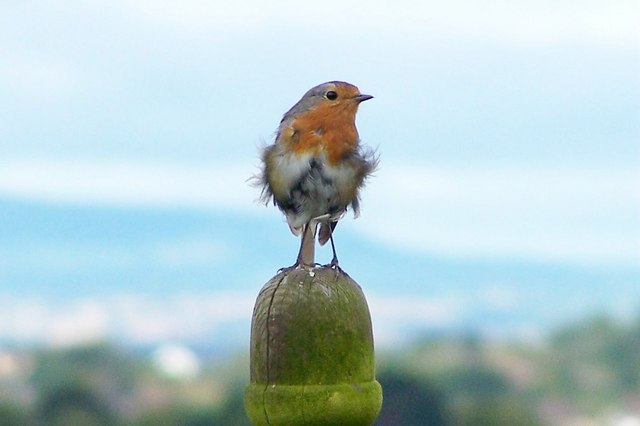
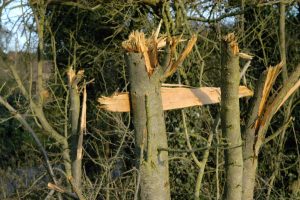
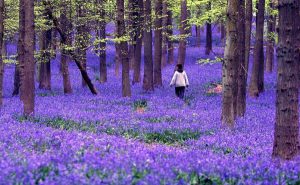
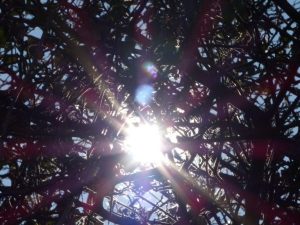
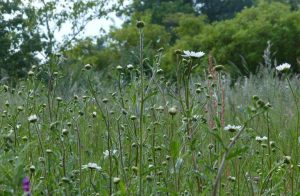
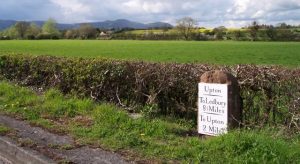
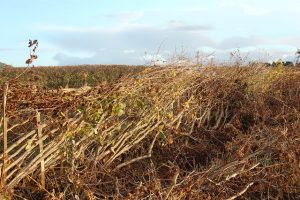
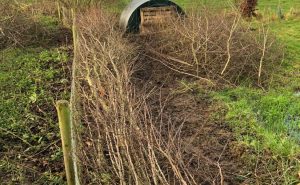
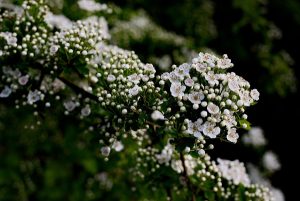
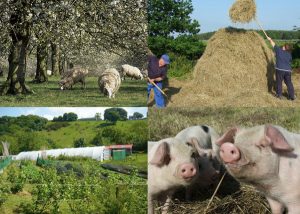
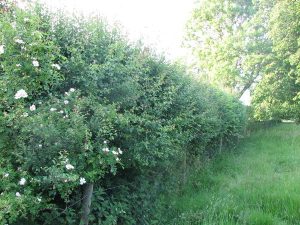
2 Comments
An interesting article Nick. I have two questions:
1. I once lived in the Highlands of Scotland where all the common British trees grow but where continuous high winds stunt their growth, as you mentioned. Do you know, or has there even been any research done on, what type of tree species are able to grow relatively quickly in areas such as this, and therefore make good windbreaks? Hawthorn, I can tell you does not grow quickly there. The question is important, since to make a windbreak you want species that are not only going to be effective once mature, but are also going to grow effectively in the same conditions.
2. I’ve asked this question of others before, but never received a satisfactory answer: I have struggled to grow Hawthorn from seed. I once read that they are only fertile after passing through the gut of a bird. Do you have any insight on this, or otherwise how to propagate Hawthorn?
Hi Andrew – good questions! I think the theory about the birds might have come about because the flesh is best stripped from the seed before it’s stratified (which is what would happen if eaten). I think if you do these two things it’s not particularly difficult to grow from seed. I guess if conditions are as hostile as you describe most things will really struggle… I have seen planting schemes in exposed sites in the Highlands including things like rowan, aspen and birch, which would work as well as any.